Having spent years in the coffee gear industry and attended numerous expos, I've tested many grinders. Through this, I've identified what makes a hand grinder exceptional. In this post, I'll discuss key factors for choosing a grinder, highlight the best hand grinders, and point out models to avoid.
The 7 Best Coffee Hand Grinders
Here are my top picks for manual grinders depending on what your needs are.
- Best Hand Grinder for Espresso: Kinu Phoenix & Classic
- Best Hand Grinder for Pour Over: Fiorenzato Pietro
- Premium: Weber HG-2
- Mid range/performance: 1Zpresso
- Best Budget Hand Grinder: Timemore C3
Characteristics of a Great Hand Grinder
To find the perfect manual coffee grinder, focus on key features that meet your specific needs.
Adjustment Wheel Location
The location of the adjustment wheel can significantly affect the usability of the grinder. There are typically two types:
- Top Adjustment: Located at the top of the grinder, this design is convenient and allows for easy access, making it simple to switch between grind settings without disassembling the grinder. It also makes it easier to clean.
- Bottom Adjustment: Found at the base of the grinder, underneath the burrs. While this design is cheaper to produce but has some downsides. It can has less stability and burr alignment can shift.
Size of the Adjustment
The size and precision of the adjustment mechanism are crucial for dialing in the perfect grind:
- Stepless Adjustments: Offer infinite adjustability, allowing for very precise control over grind size. Ideal for those who need to fine-tune their grind settings, especially for espresso.
- Stepped Adjustments: Provide specific, predefined grind settings. While less precise than stepless adjustments, they are often easier to use and can still offer a wide range of grind sizes suitable for various brewing methods. Make sure that the size of the adjustments are fine enough if you are making espresso.
Burr Geometry
The shape and design of burrs crucially impact coffee grind quality and flavor. Burr geometry, including cutting angles, patterns, and teeth, determines grind efficiency, consistency, and particle size. Some geometries are better suited for filter coffee and others for espresso. It can completely change the taste of your coffee, from the clarity, and sweetness to the body.
Portability
The weight of the grinder can impact its portability and stability. If you travel frequently and want to bring your grinder along, consider its portability. Compact size, lightweight, and a travel-friendly design (e.g., fitting inside an AeroPress) are all beneficial features.
Build Quality and Materials
- Stainless Steel: Offers durability and longevity. Stainless steel burrs and bodies can withstand heavy use and are resistant to wear.
- Aluminum: Often used in the body of the grinder for a lightweight yet sturdy construction.
- Plastic: Can be found in budget models. While lighter, plastic components are generally less durable than metal counterparts.
Ergonomics
- Handle Design: A longer handle provides better leverage, making grinding easier. The shape and grip of the handle should also be comfortable to hold.
- Body Shape: Should fit comfortably in your hand. A textured surface can help improve grip, especially when grinding lighter roasts that require more effort.
Grind Speed
The speed at which a grinder can process coffee beans is essential, especially if you grind large quantities. Larger burrs typically grind faster than smaller ones. For example, a grinder with 48mm burrs will generally be quicker than one with 38mm burrs. The burr geometry also plays a role.
Ease of Cleaning
A grinder that is easy to disassemble and clean will help maintain its performance and longevity. Consider models that allow for quick access to the burrs and other internal components without requiring special tools.
Capacity
The size of the hopper and the grind chamber determines how much coffee you can grind at once. Ensure the grinder's capacity aligns with your typical brewing volume. Smaller capacities are fine for single servings, while larger capacities are better for batch brewing.

Kinu Phoenix & Classic
Having crowned the Kinu M47 as the Best for Espresso hand grinder, here its features, focusing on the Kinu M47 Phoenix and Classic models.
Kinu, a family-owned German business with over 25 years in the grinder industry, builds all its products in Germany, showcasing precision engineering and quality. The M47 Series stands out with its exceptional build quality, sleek design, and stepless burr adjustment system, perfect for espresso.
The M47 Simplicity features a solid stainless steel body and crank arm, weighing 2.1 pounds (953 grams) for added stability. Inside, it has 47mm stainless steel conical burrs with Black-Fusion treatment for durability and precision. There is also an option to get the pour over burrs for filter coffee if you like more clarity.
The stepless grinding adjustment allows for micro-adjustments, ideal for fine-tuning espresso grinds. The long crank handle, combined with the stainless steel drive shaft and ball bearings, makes grinding effortless.
The bean funnel and catch cup are made made out of different materials on the different models. The M47 Classic ha a stainless steel bean funnel and magnetic catch cup, while the Phoenix are made of food-safe ABS plastic to reduce costs and weight.
In summary, I would go for the Kinu M47 Phoenix since it's the cheaper option but the performance is the same. I would choose this grinder for the rich, full-bodied espresso it produces.

Timemore C3
If you need a budget-friendly or travel hand grinder, the Timemore C3 series is a strong choice. It's compact enough for travel and daily use, and has all-around S2C stainless steel burrs for precise and consistent grinds. The bottom adjustable grind setting allows enough clicks.
The 38mm conical burr design ensures even grinding. Although it's not on par with the more expensive grinders, it's good enough for espresso and filter. The new "spike to cut" (S2C) burr technology pre-cuts beans for a uniform grind, similar to the high-end Chestnut X grinder.
The Timemore C3 is a reliable grinder. With a non-slip body for ultimate control and a blend of aluminum and stainless steel for lasting use, maintenance is a breeze with its simple design. Timemore also introduced variations of the C3, all using the new S2C 660 burrs:
- Timemore C3 ESP: All-metal handle and cover, with 30 adjustment clicks for better calibration.
- Timemore C3 ESP Pro: Adds a folding handle for easier transport.
- Timemore C3S: Similar to the C3 but with an all-metal handle.
- Timemore C3S Pro: Foldable handle with 12 adjustment clicks.
- Timemore C3S Max: 30g capacity and foldable handle, ideal for larger brews.
The Timemore C3 delivers excellent value with its robust build and performance. It brews rich-bodied coffee, though clarity could improve. The bottom adjustment wheel and alignment issues are minor flaws, but it remains a great choice for travel or budget.

1Zpresso K Max
The 1Zpresso K-Max is rock-solid with an all-metal body, top ajustement grind setting, and a grippy central section. The grinding action is smooth and precise, thanks to high-quality bearings. Grind selection is satisfying with crisp clicks, and the catch cup attaches firmly with strong magnets.
The K-Max comes with a protective travel case, though it’s a bit bulky. Using this grinder has made my daily filter coffee routine more enjoyable. It's easy to pack for travel and provides a smooth grinding experience. Coarser settings are a breeze, but finer grinds require more effort, which eased up as the burrs seasoned. Retention is minimal, and a quick RDT prevents static. The magnetic catch container holds 35-40g of coffee, which I find convenient, though it needs occasional cleaning to keep the magnets effective.
The 1Zpresso K-Max is perfect as a second grinder for pour-over, a travel companion, or to add manual charm without compromising quality. It excels in grind quality, offering clear and sweet coffee that balances character without mixed notes. While it may not match high-end grinders in detail, it still produces beautifully balanced cups and excellent espresso with good body and sweetness.

Timemore Chestnut ESP
The Timemore Chestnut ESP is a great midrange espresso grinder, offering flagship performance tailored for espresso enthusiasts. With 30 clicks per rotation and a precise 0.0233mm per click on the internal dial, the Timemore Chestnut ESP ensures you have complete control over your grind size.
Timemore's 42mm HV600 Espresso & Brew (E&B) burrs, are great for high body espresso. These burrs operate in two stages: initially spiking the beans to break them into smaller pieces, then passing the spiked coffee through a more standard burr design to achieve the final grind size.
The Chestnut ESP's anti-slip body ensures a secure grip. Its lightweight, robust aluminum alloy construction is ideal for travel. All the moving parts are made from stainless steel like the crank handle, driveshaft, and burrs.
With a diameter of 53mm and weighing 600g, the Chestnut ESP is easy to hold and carry. It has a generous capacity of 30g, enough for two or three cups of coffee and plenty for espresso.

Weber HG-2
This is the Weber Workshops HG-2 hand grinder, the sequel to the HG-1, priced at $1650, it's the most expensive grinder on this list.
This grinder's build quality stands out with its smooth-spinning flywheel and flawless fit and finish. The tight tolerances and collapsible handle add to its space-saving design. The innovative gearing system simplifies grinding light-roasted coffee for espresso, offering both one-to-one and two-to-one options.Grinding for filter coffee is easy with the faster gear setting.
For espresso, the 83mm conical burrs from Mazzer produce silky, velvety shots with good sweetness and clarity. When compared to the Niche grinder, the HG-2 offers a lighter texture, while the Niche provides a thicker texture but less clarity.
The Weber HG-2 is a well-crafted, luxurious hand grinder that delivers excellent espresso and filter coffee. If the manual process appeals to you, this grinder won't disappoint.

1Zpresso ZP6
Released in late 2022, the 1Zpresso ZP6 Special caters to pour-over and manual brewing lovers. This model, essentially a K Pro with a distinctive 6-sided burr set.
After thorough testing, it’s clear the ZP6 Special excels in drip coffee. In blind tests with very light roast third wave coffee, it consistently outperformed the K-Max. The grinder produces fewer fines and boulders, resulting in higher TDS and extraction yields, offering a cleaner taste compared to other top models like the Pietro.
Some say it competes with premium flat burr grinders, but I don't think so. Although, it’s likely the cleanest-tasting conical grinder available and it excels with fruity, light roast beans at high brew ratios (1:17). It may taste dull with medium roast coffees.
The ZP6 Special isn't suitable for espresso but excels with AeroPress and Moka pot, grinding slower and easier on your wrists. This grinder is ideal for coffee geeks who primarily drink light coffee in pour over.

Fiorenzato Pietro
The Pietro , made by renowned Italian manufacturer Fiorenzato, is their first entry into the manual grinder market. It's the most unique grinder with 58mm flat burrs. It comes in two configurations: the B model for espresso and filter coffee, and the M model Pro Burr for filter coffee, both featuring a DLC coating to reduce friction.
The Pietro has a unique design with narrow top and bottom parts and a bulging midsection due to its flat burrs. The vertical flat burrs shift the handle to the side, creating a distinctive look. The adjustment dial is opposite the handle with a detailed burr pattern.
While I appreciate Fiorenzato's innovative approach, there are several issues. The Pietro is heavy and bulky, weighing about three and a half pounds, making it unsuitable for travel. The flip-out handle is satisfying to use but only accommodates part of your hand, leading to discomfort. Grinding is a rough experience, especially with light roasts, and the grinder is slow, taking over a minute for a 12g dose at a filter setting. Disassembly is straightforward, allowing easy access for cleaning.
Despite initial difficulties, the Pietro delivers impressive brew quality. The ProBrew version excels in sweetness and clarity, rivaling top grinders. It allows for fine grinding and high extraction before astringency sets in, making it ideal for those seeking clarity in their coffee.
The Pietro excels in looks and performance but lacks practicality. It's an expensive grinder that delivers exceptional flavor but is cumbersome to use. It's best suited for those who prioritize quality and uniqueness over convenience.

Grinders That Didn't Make It
Though the market is flooded with manual coffee grinders, not all are great. Here are some that missed the mark.
Comandante C40
While the Comandante C40 is a well-designed device that produces a consistent grind, it doesn’t make the list due to its higher price point and older style adjustment. The adjustment mechanism lacks the ultra-granular adjustment that some rivals offer, making it more challenging to dial in espresso. Additionally, the smaller burrs compared to grinders like the 1Zpresso K Max result in slower grinding speeds.
The C40 Mk3 is more expensive than many competitors but despite this, more affordable models offer comparable performance.
Hario Skerton Pro
The Hario Skerton, despite being a classic hand grinder, is not a top recommendation for several reasons. Although the “Pro” version introduced in 2017 brought improvements to the axle and burr adjustment system, the Skerton is starting to show its age compared to newer competitors. Unlike more recent models, the Skerton Pro does not have ball bearings or steel burrs, which makes it more cumbersome to operate and less efficient overall. The grinder’s bulky design makes it less suitable for travel and can feel awkward to operate compared to more compact options.
Hario Mini Slim Manual Grinder
I have used the Hario Mini-Slim a few times over last couple of years and used to see it as an attractive budget option. However, in this day and age, we have seen an explosion of affordable steel-burr grinders with bearings (such as the Timemore C2), and for that reason, it can’t keep up with the competition anymore. The ceramic burrs only do a decent job compared to the new generation of steel burrs models. The burr set is relatively small and dull, so you’d have to do a lot of work. The handle is also on the shorter side, which doesn’t help with leverage.
Porlex Mini
The Porlex Mini is a handy travel grinder, but it doesn't quite measure up to other options. Its handle is a bit shaky, and the ceramic burrs, while decent, don't match the sharpness and durability of steel. This affects the consistency of your grinds.
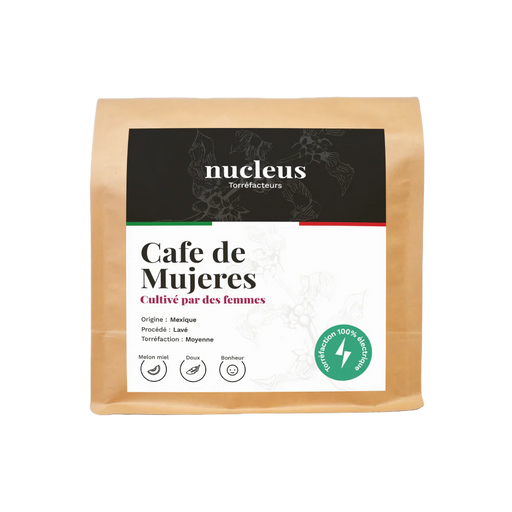

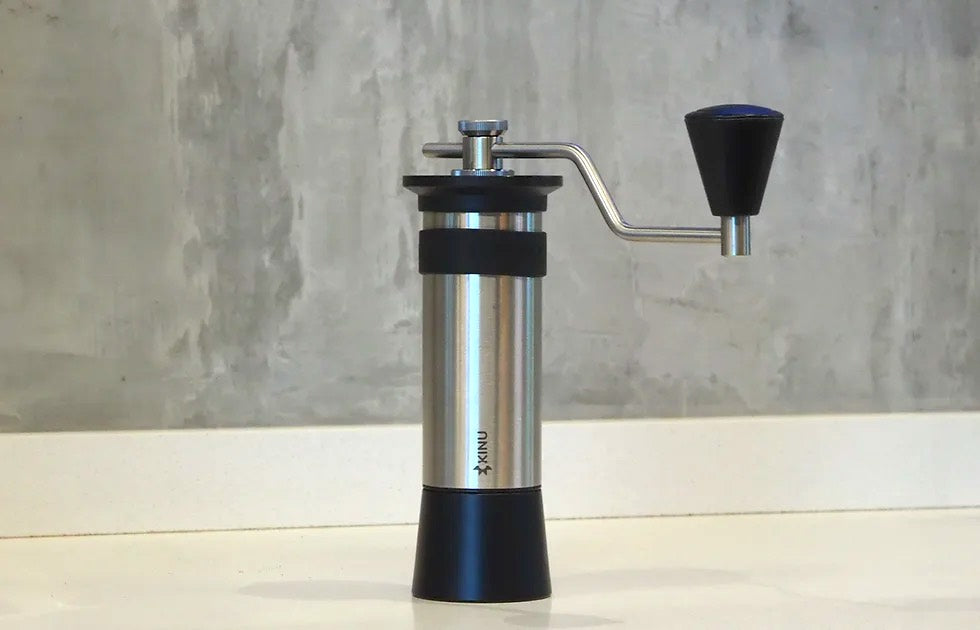



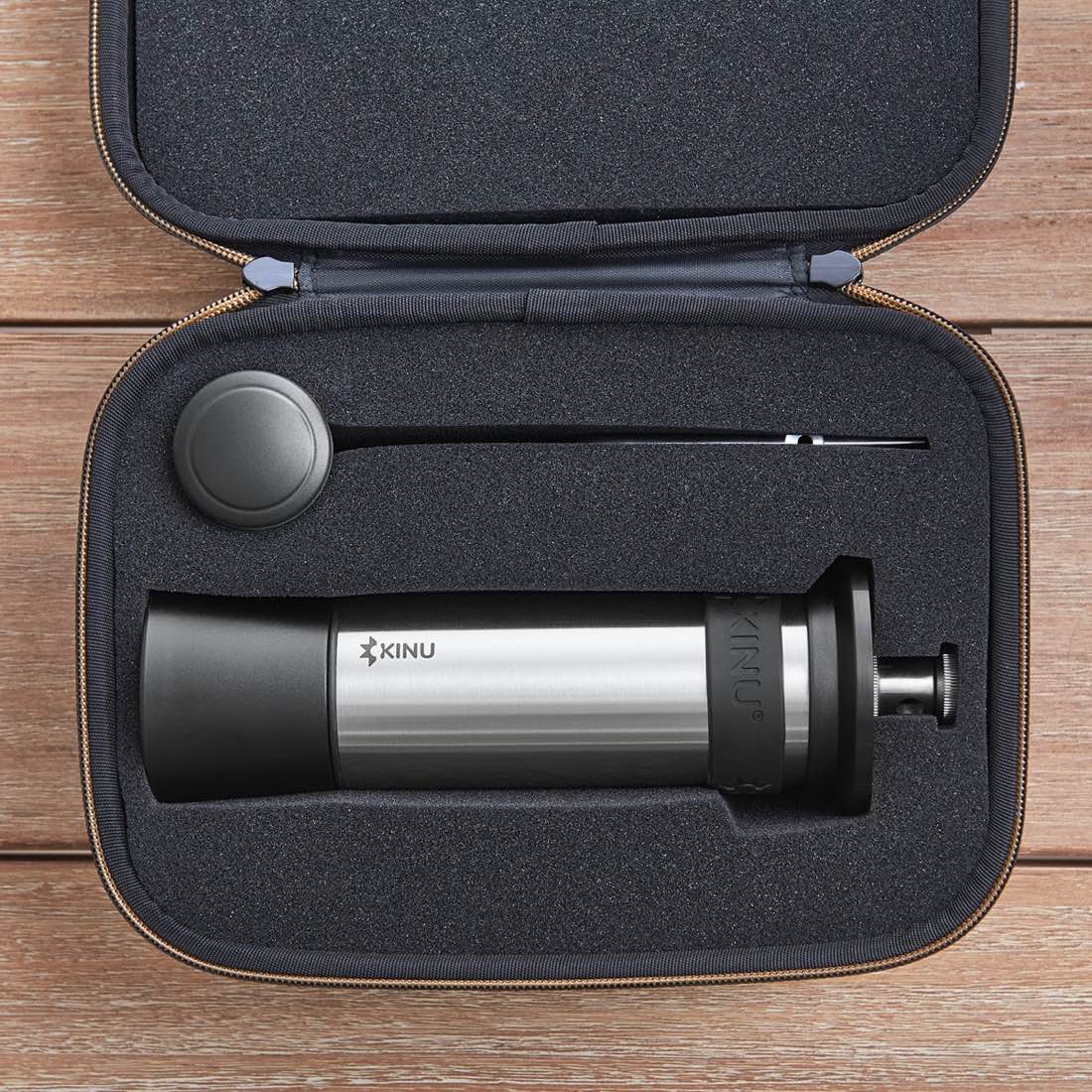
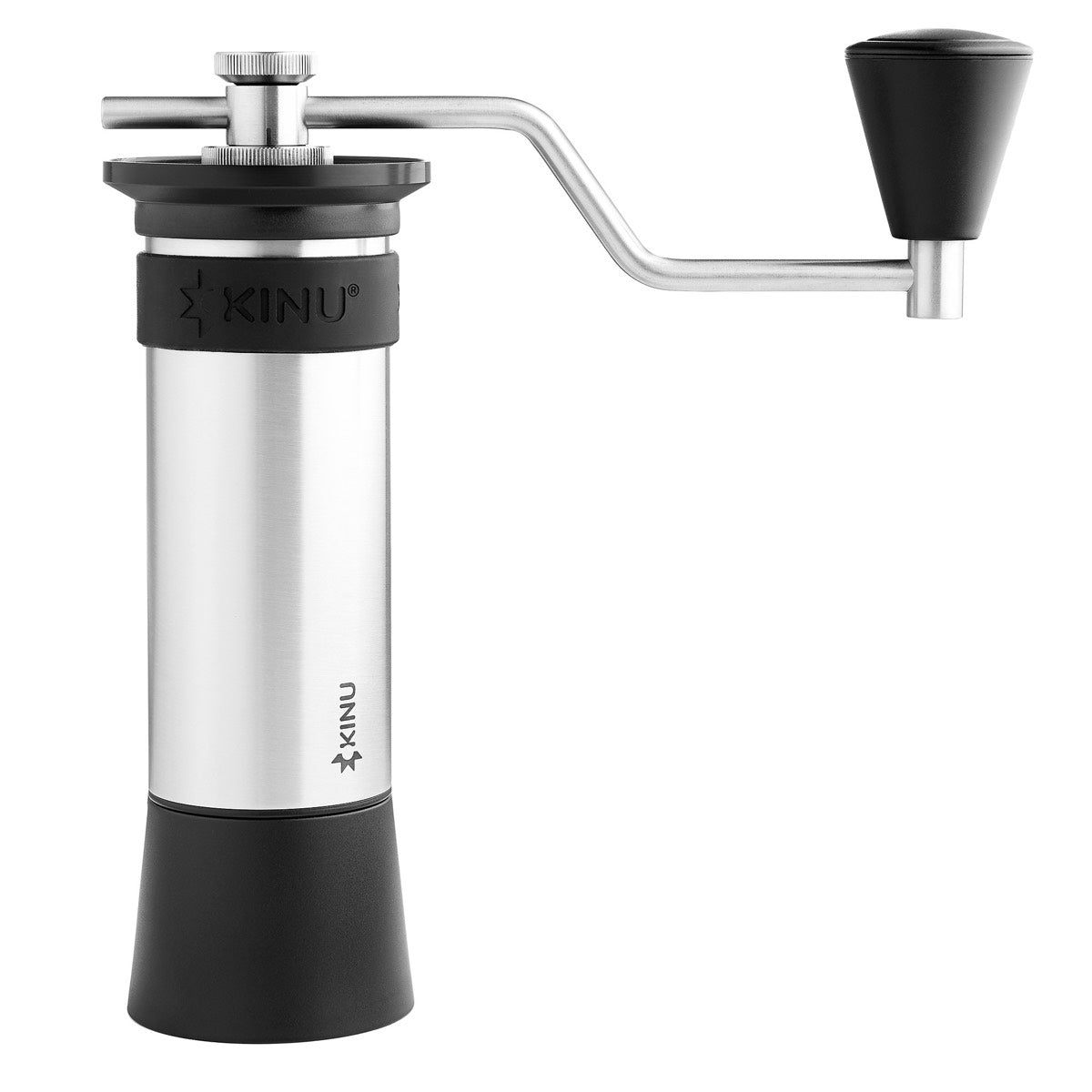

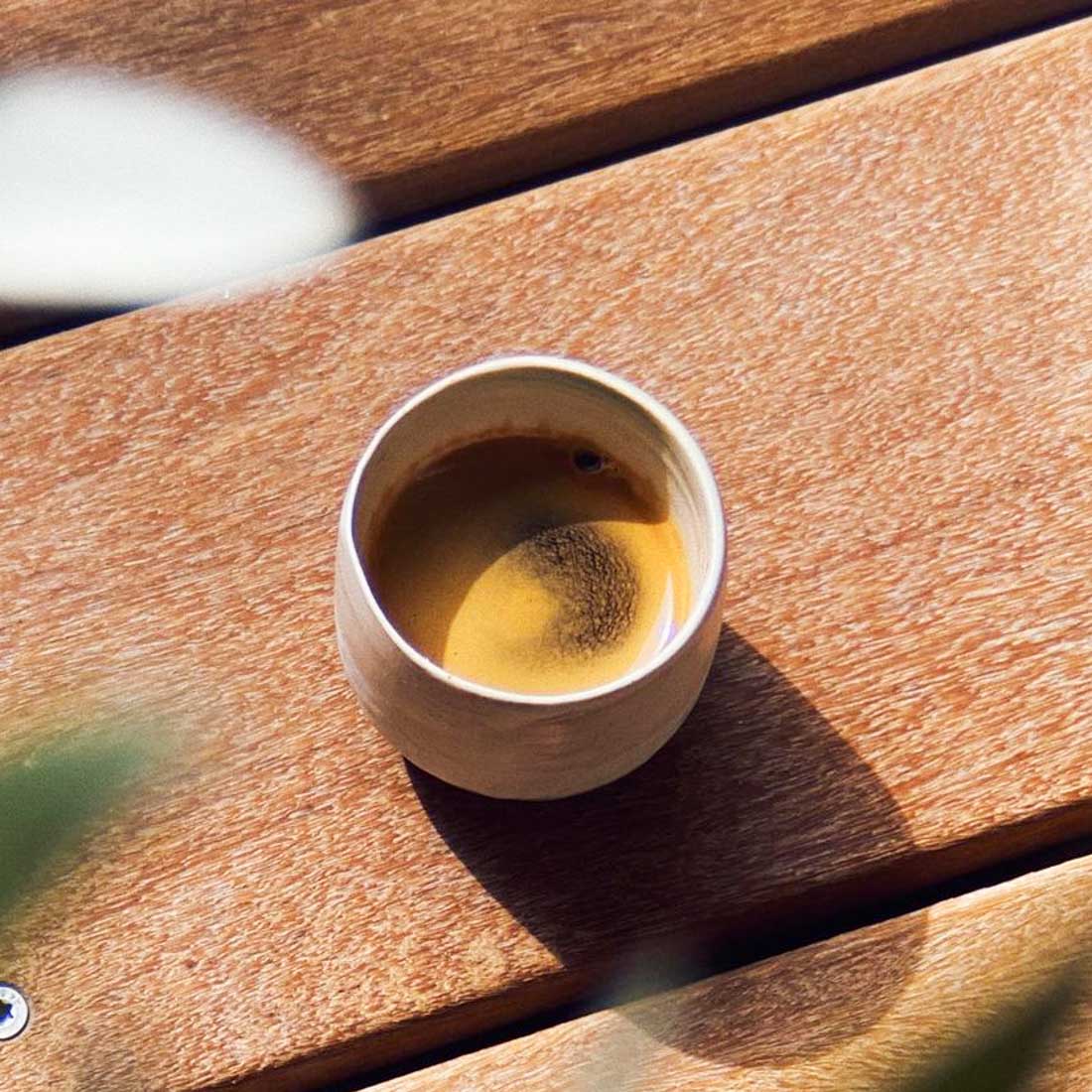
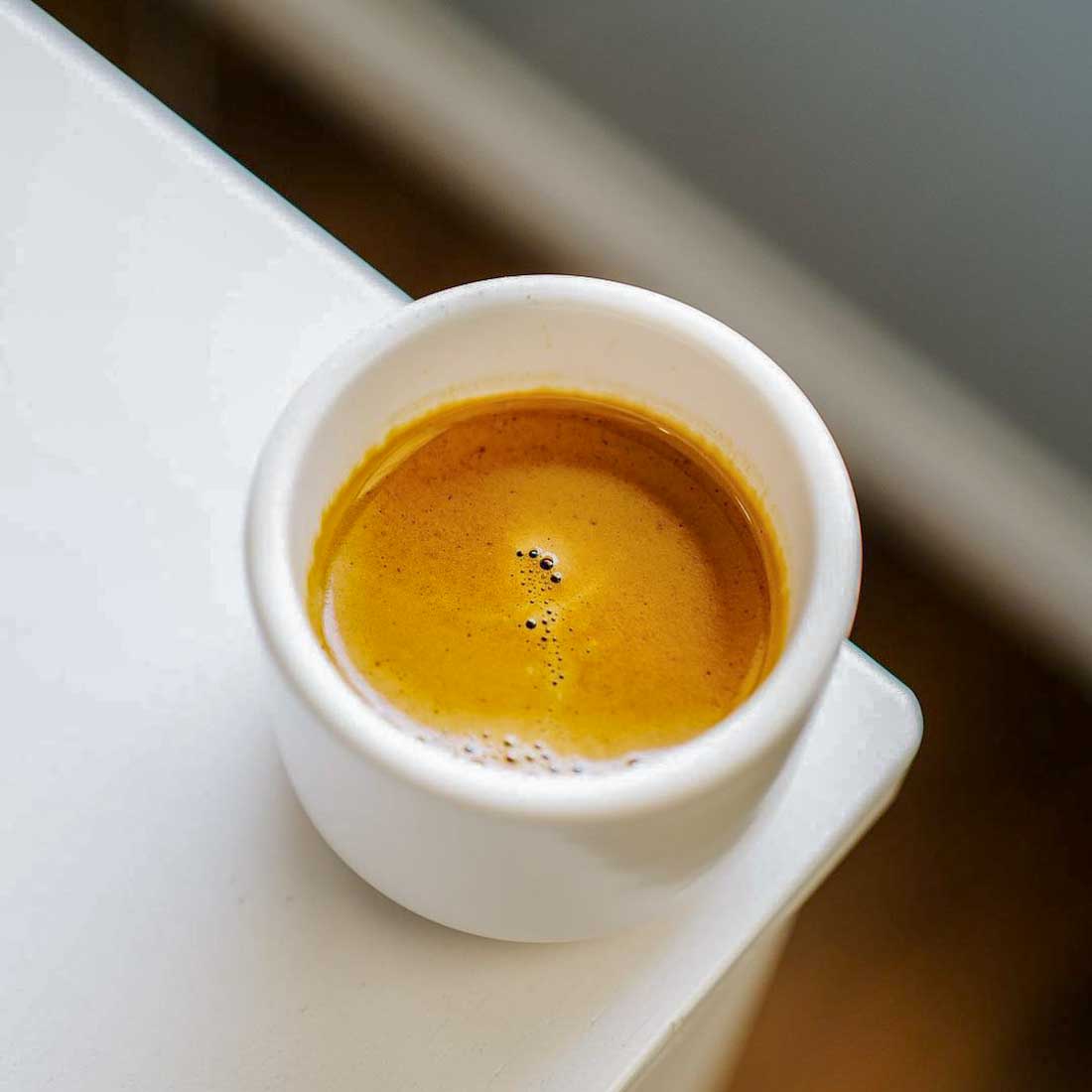
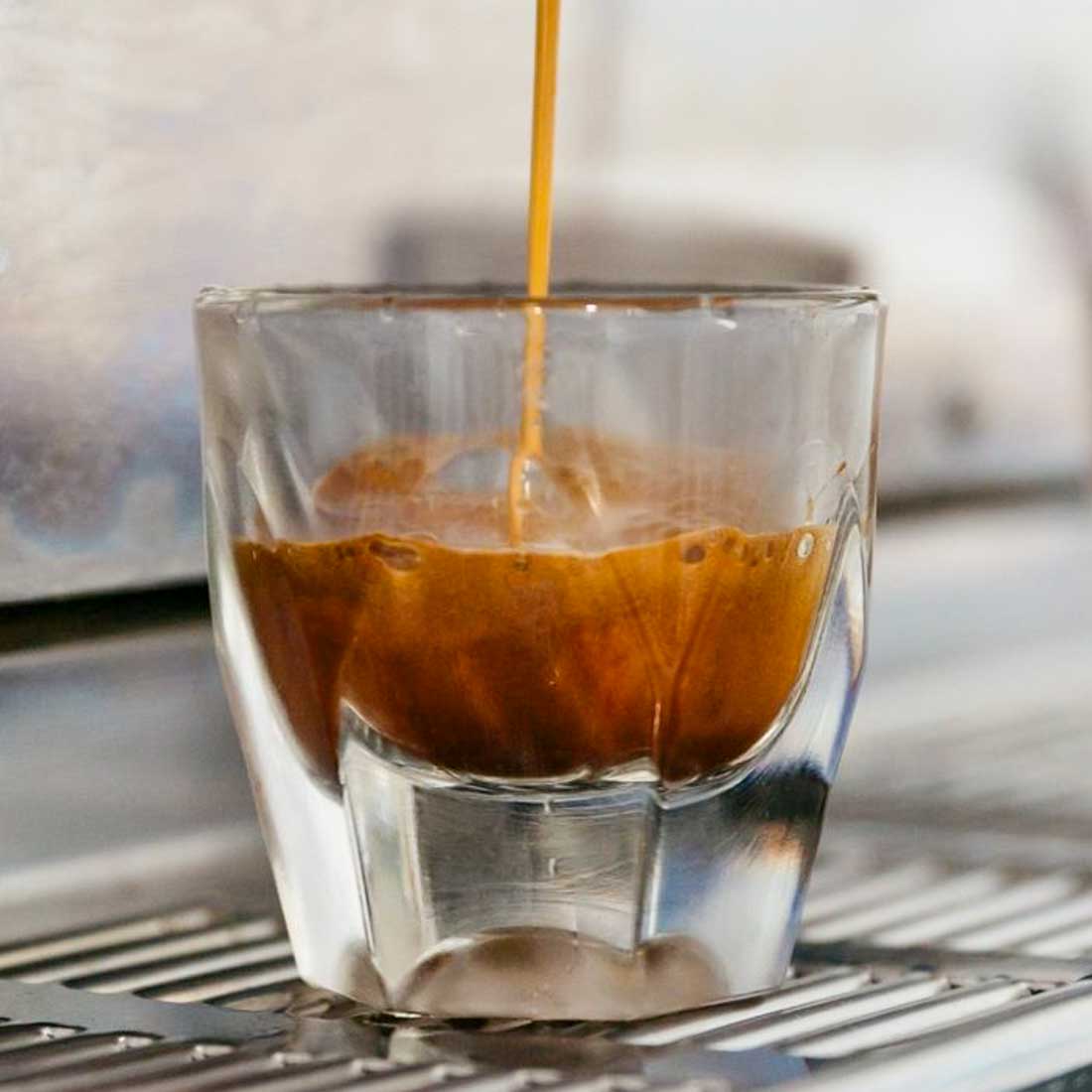
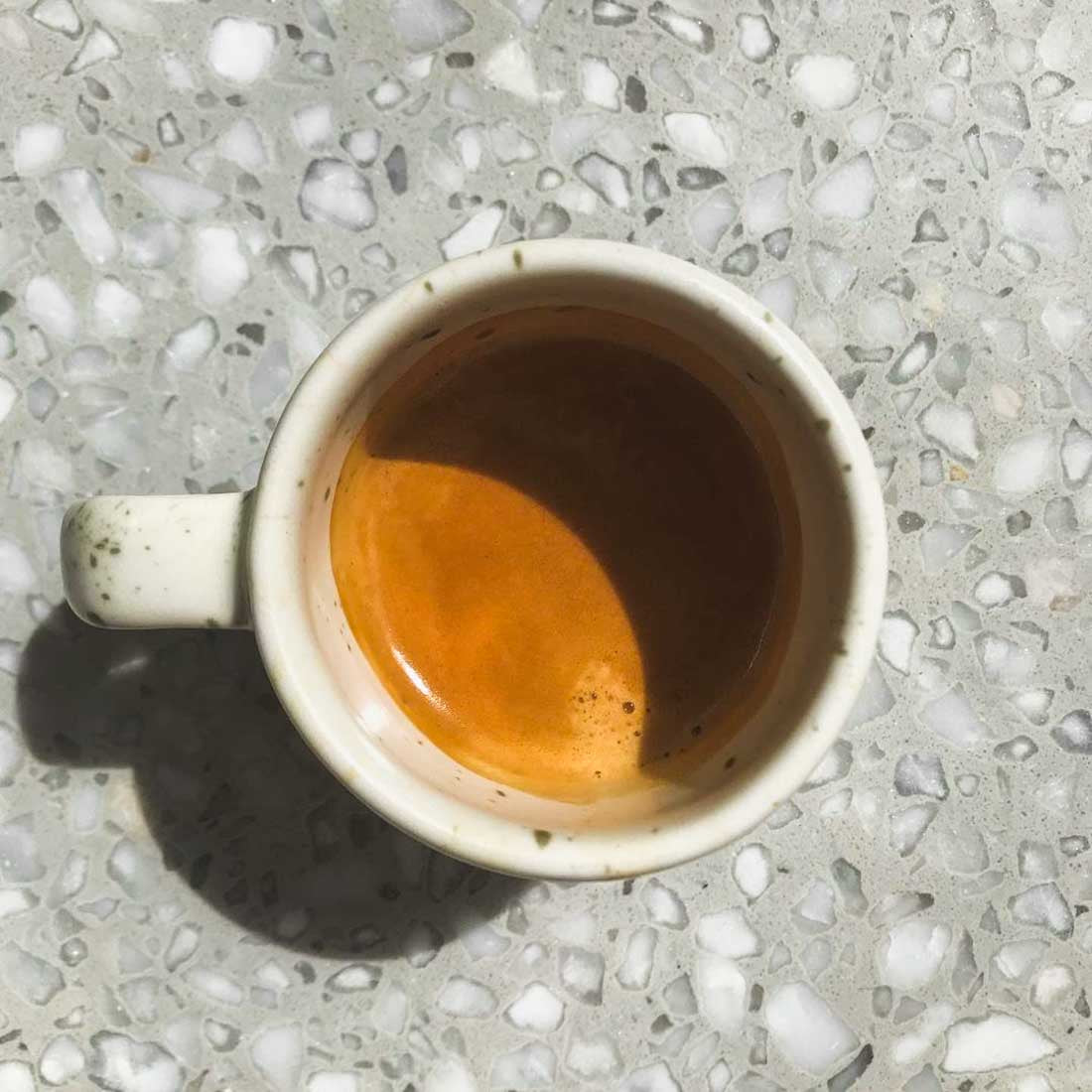
Comments
Hey salut. Merci pour les info sur les moulins manuels. Je me demandais si vous connaissez le aergrind de knock. C’est celui qui rentre dans l’aeropress. Pour une option compacte c’est très interessant
Your comment